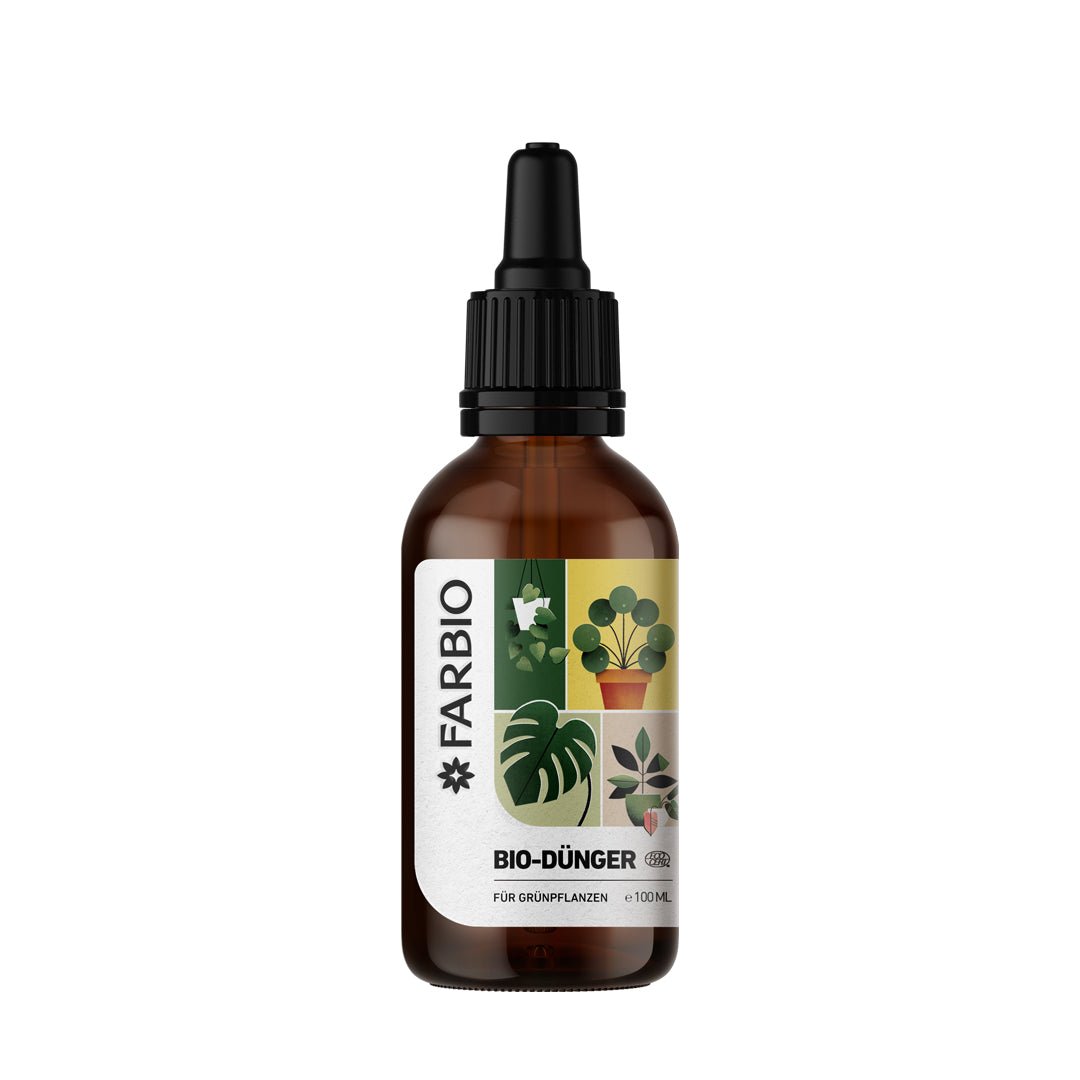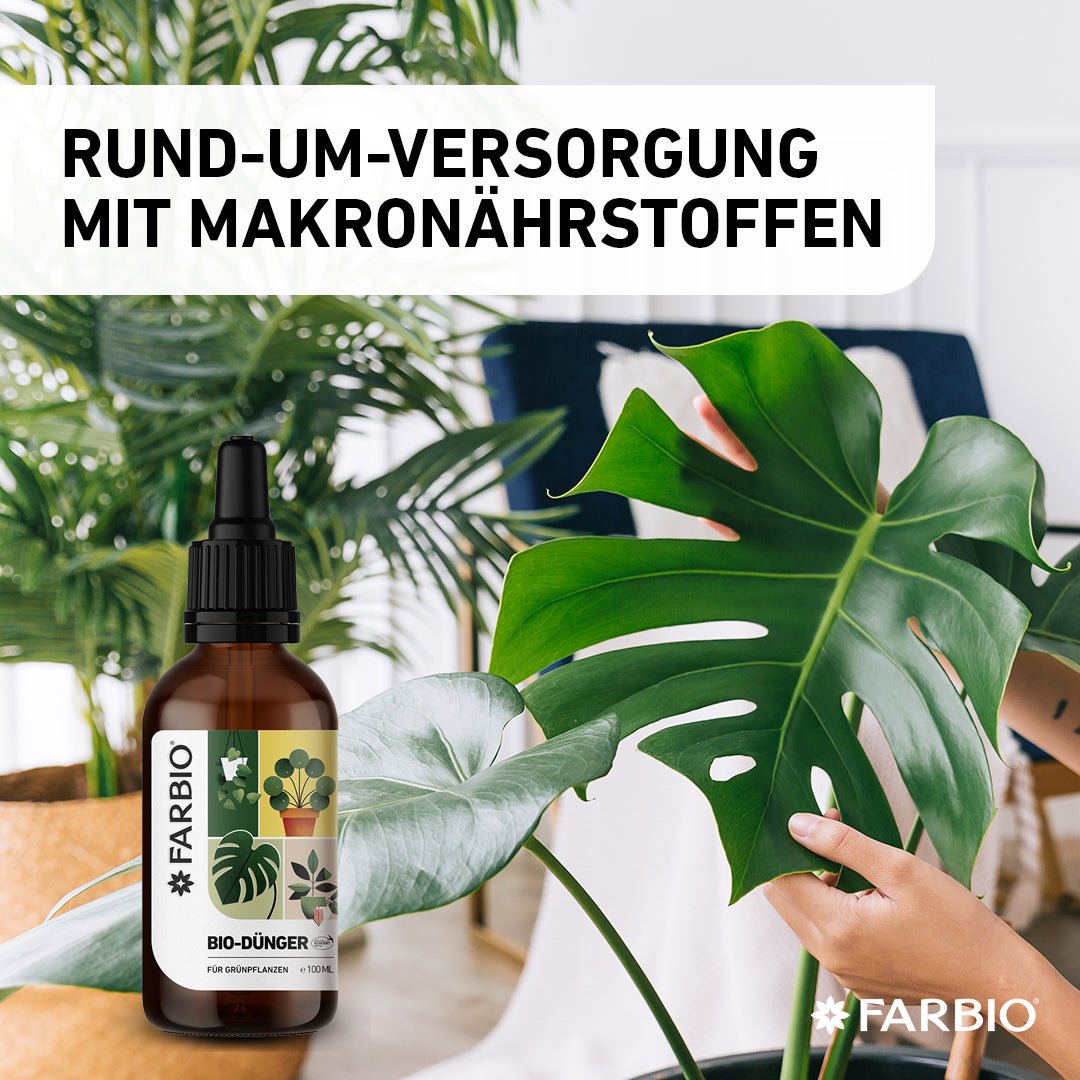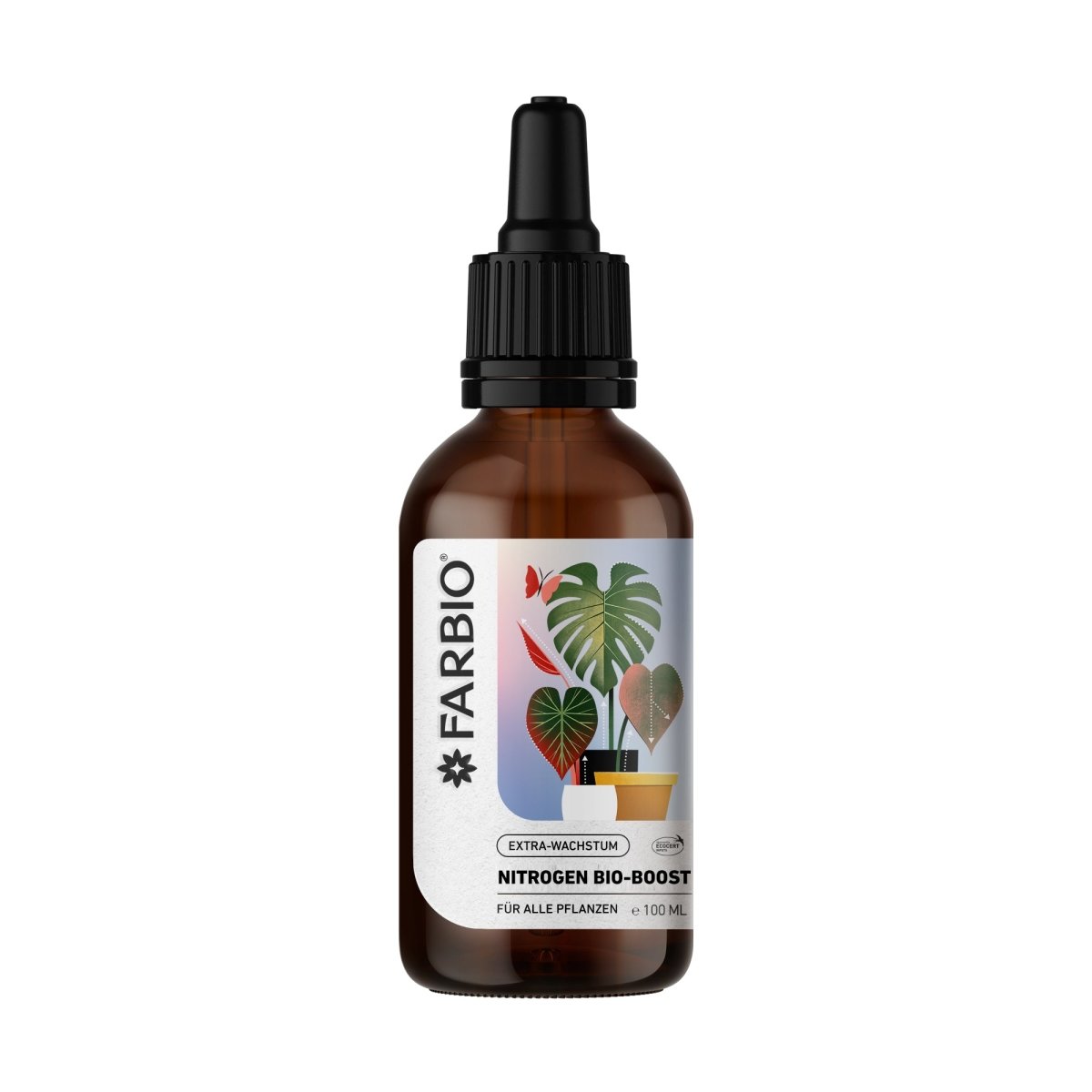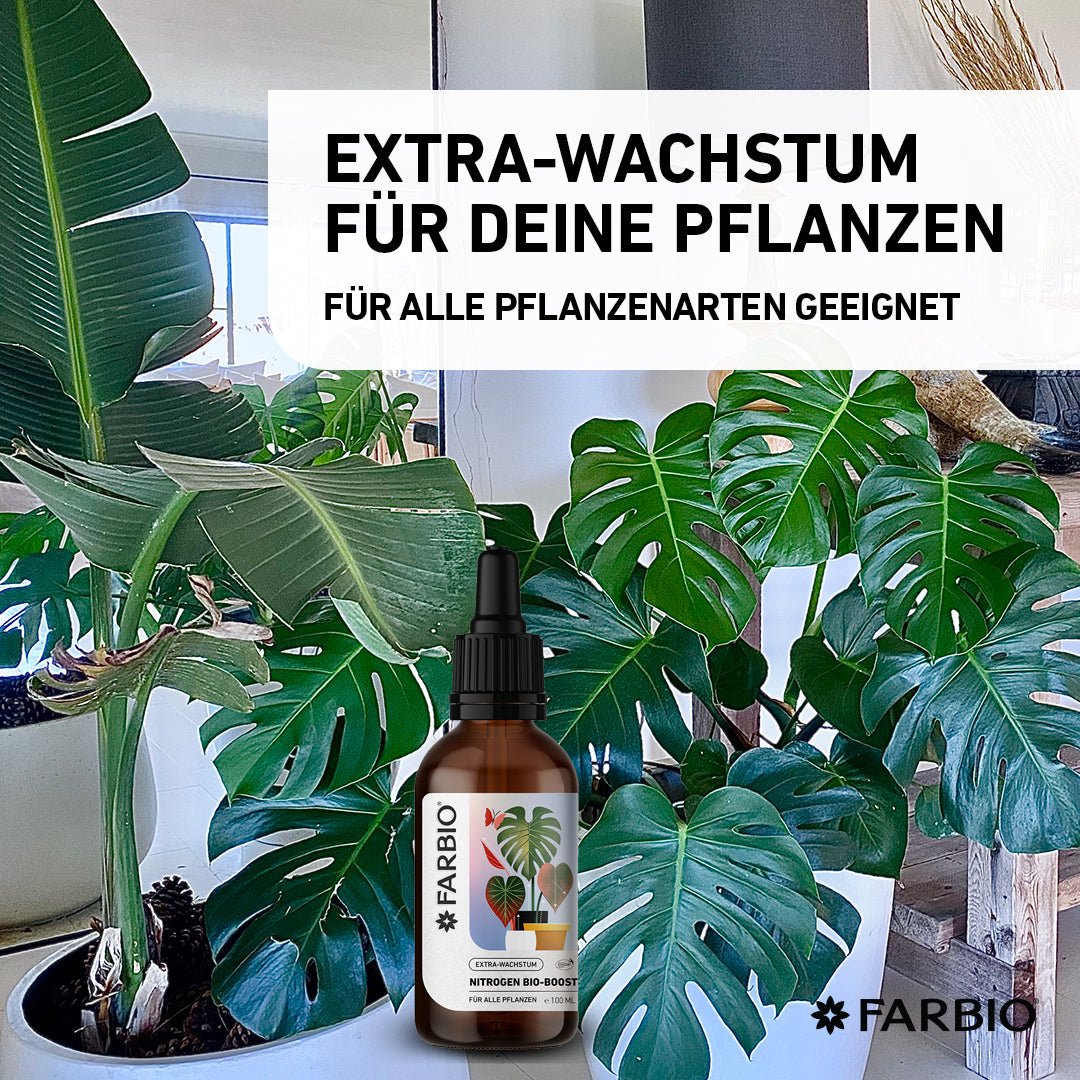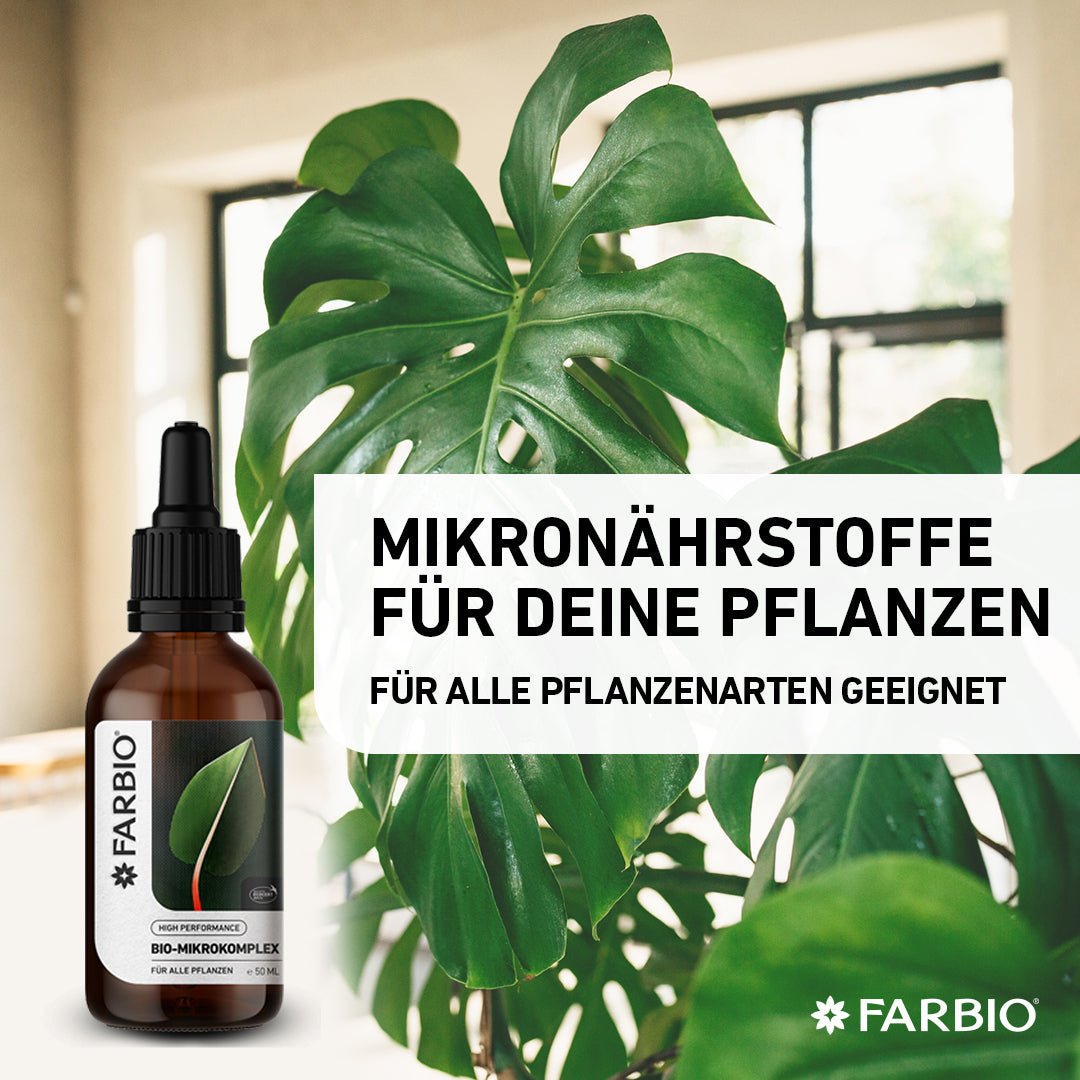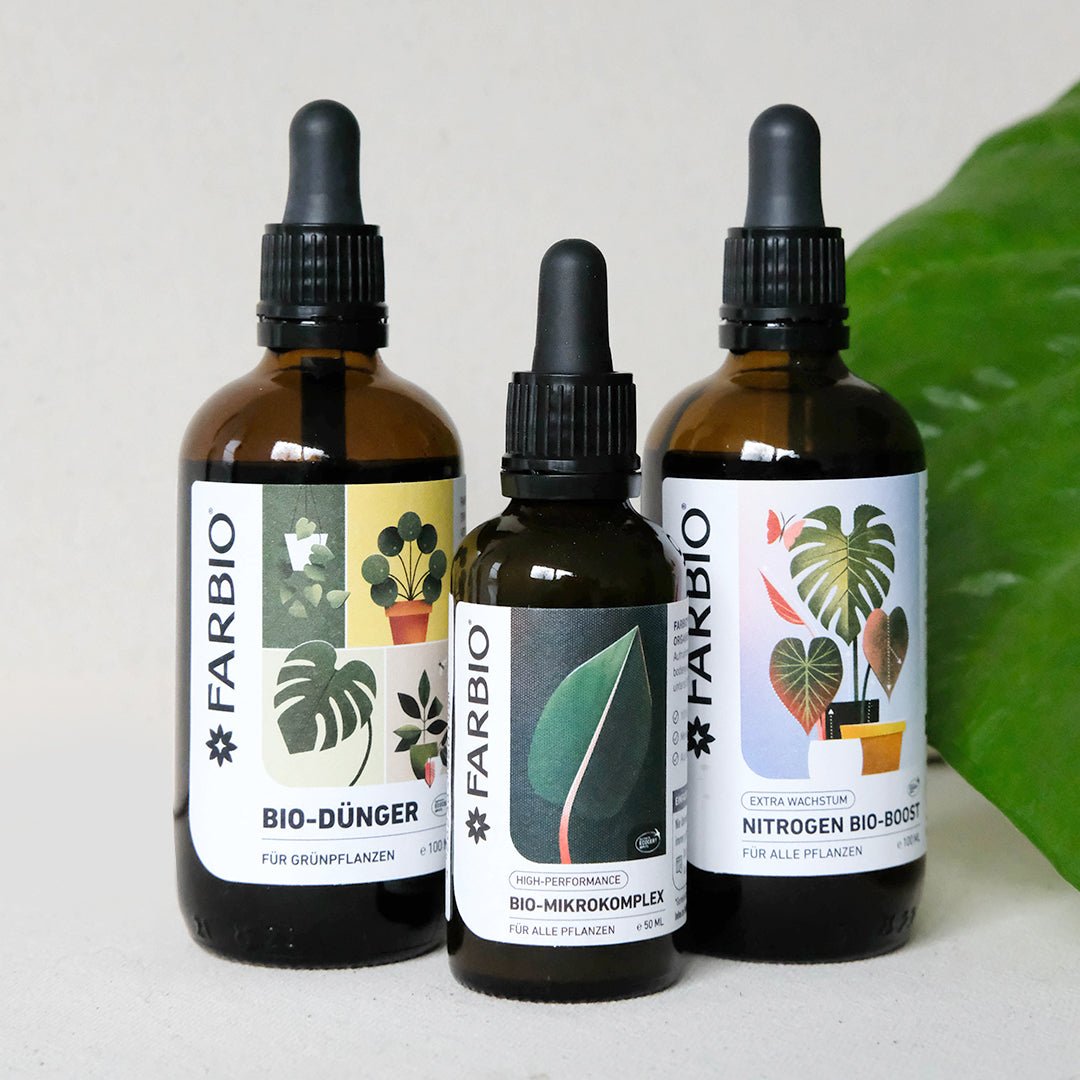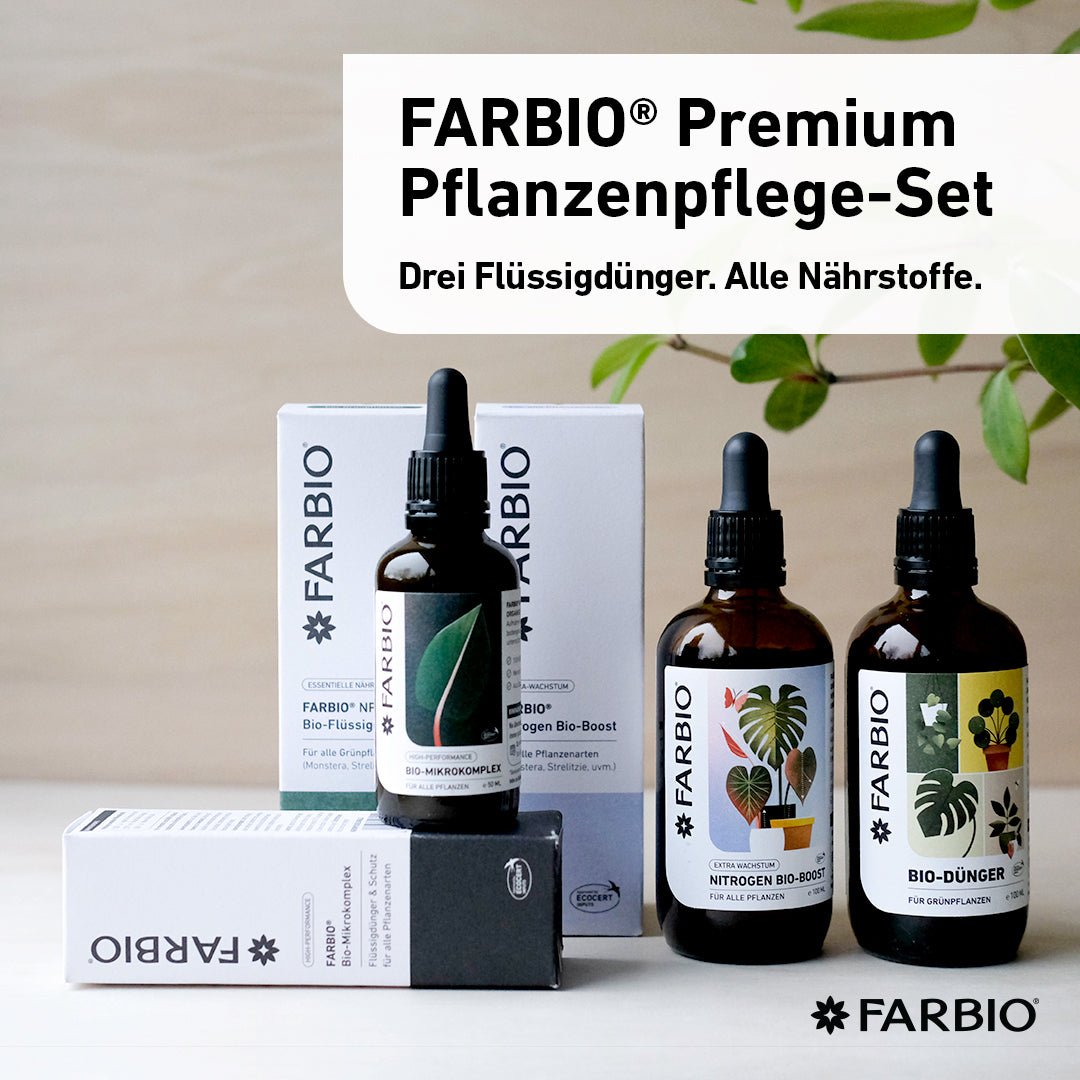The ZZ plant (Zamioculcas zamiifolia) is a robust houseplant from the Araceae family. Native to the forests of East Africa, it is known for its pinnate leaves that emerge from a creeping rhizome.
Caring for ZZ plant (Zamioculcas zamiifolia)
The zz plant also known as lucky feather is an extremely easy-care houseplant and ideal for beginners. Even those without a green thumb can hold them easily.
The right location
The zz plant thrives best at a normal room temperature, because ideally the temperature is between 18°C and 24°C during the day and between 16°C and 18°C at night. Like many houseplants, it does not tolerate extreme temperature changes.
The popular zz plant likes a light to partially shaded location, but also gets along well with dark corners of the room. The “raven” variety, which is called the black lucky feather, only really develops its dark green color in poorer lighting conditions.
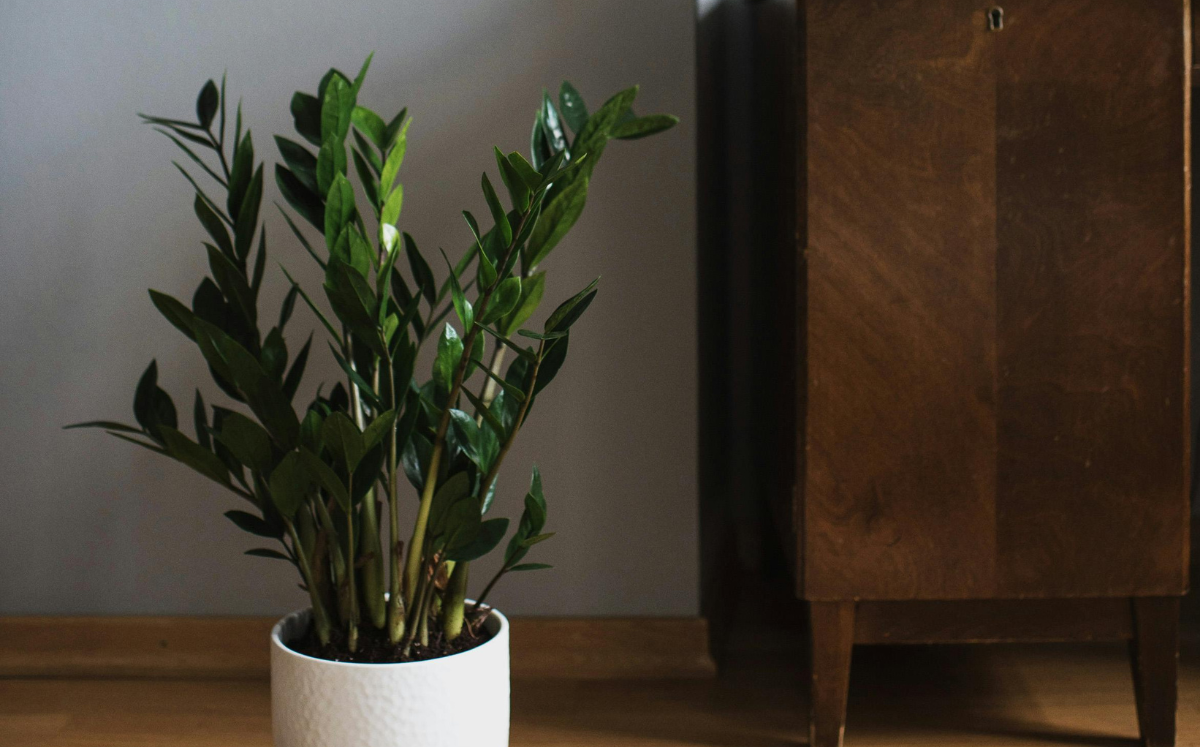
The plant is adaptable to humidity and can thrive in normal indoor conditions. A relative humidity of 40% to 60% is preferred, but it will also tolerate lower humidity. Occasionally spraying the leaves with water can help increase the humidity around the plant and counteract dry heating air in winter.
Repotting a zz plant: when and how?
The zz plant should only be repotted if necessary, for example if the pot becomes too small or the substrate is used up. Spent soil has hardly any nutrients left, is compacted and no longer permeable, which can negatively affect the growth and health of the plant.
The right substrate
A loose, well-drained substrate is ideal for the zz plant. Avoid heavy soil that encourages waterlogging, as this can lead to root rot. Clay granules such as expanded clay on the bottom of your plant's pot can improve drainage.
In this video we will explain to you how to find the right substrate for your plant!
Watering the ZZ plant: Less is more
The plant only needs water very sparingly. Therefore, allow the soil to dry slightly between waterings before watering again. Make sure that there is no waterlogging as this can damage the roots. The pot should always have holes and be placed in a planter or on a saucer so that excess water can drain away.
Fertilize ZZ plant
For optimal growth and lush leaf development of the plant, we recommend using an organic fertilizer every two weeks from March to October. Our FARBIO® organic liquid fertilizer for green plants supplies your zz plant with all the important nutrients in a sustainable way. Our special fertilizer, FARBIO® Nitrogen Bio-Boost, is ideal for intensive leaf green and magnificent growth.

Is this houseplant poisonous?
Yes, the zz plant is slightly poisonous to people and animals. Therefore, it should be placed out of the reach of children and pets.
Tips and tricks
Zamioculcas are best propagated by dividing the rootstock or planting leaf cuttings. To do this, keep the cuttings in moist soil and in a warm, bright place to create optimal conditions for root growth.

What to do if there are pests on the plant?
In the event of a pest infestation, various measures can be taken to protect your zz plant. Common pests include spider mites and mealybugs. Neem oil treatment can be an effective solution. Make sure you have thoroughly treated and removed the infected plant parts to prevent further spread.
In this video you will learn how you can naturally fight diseases and pests on houseplants.



